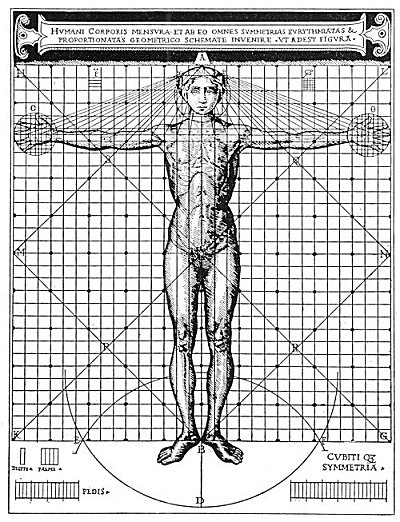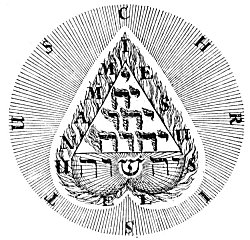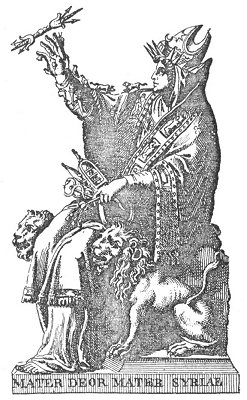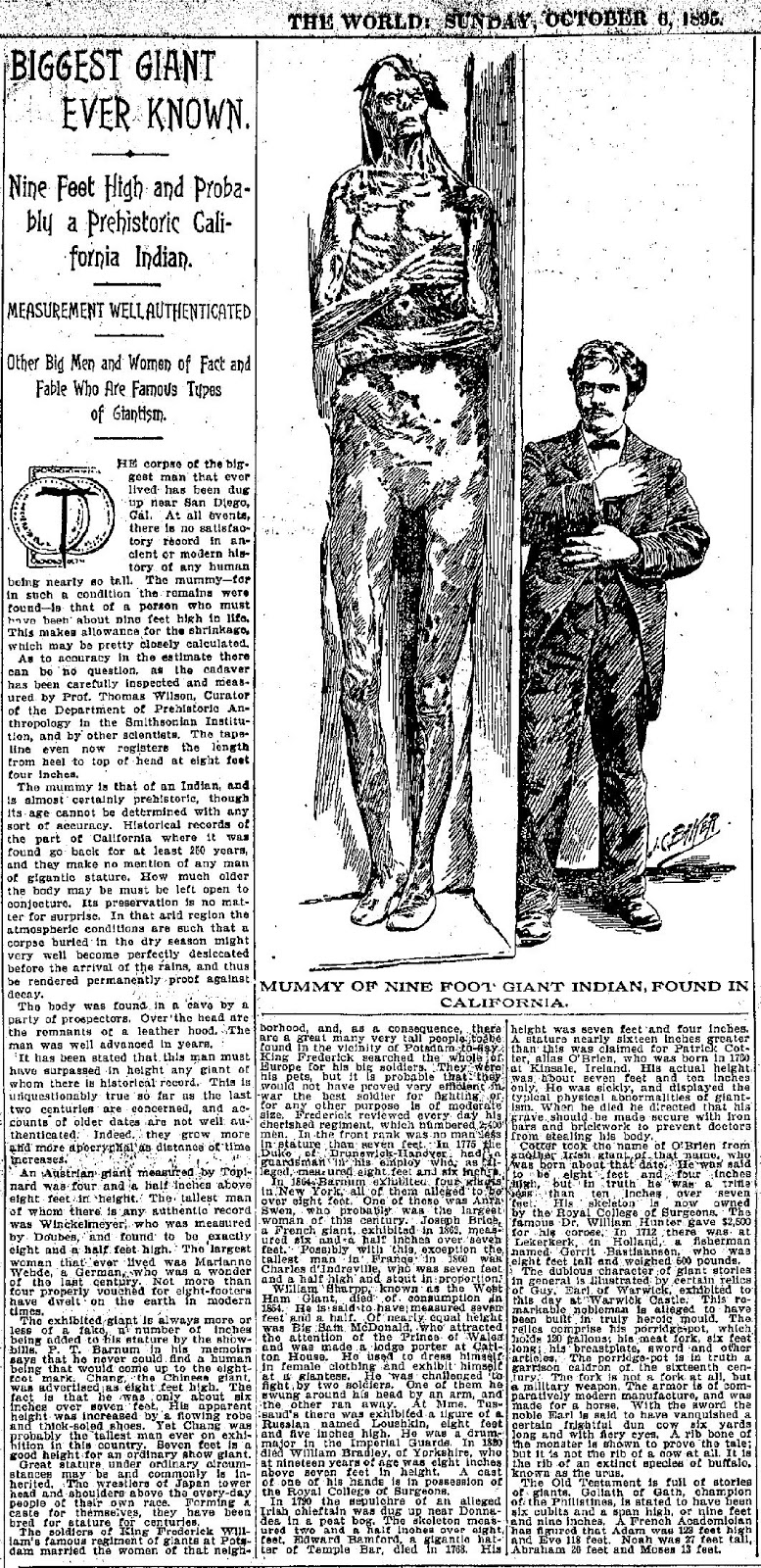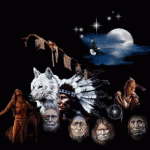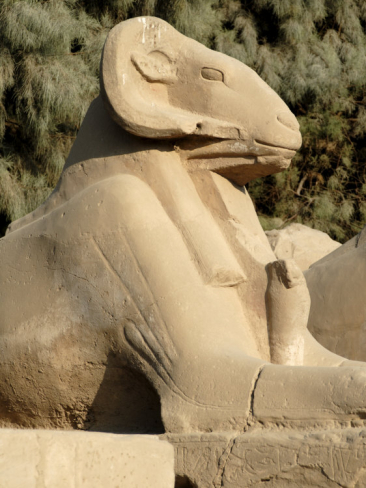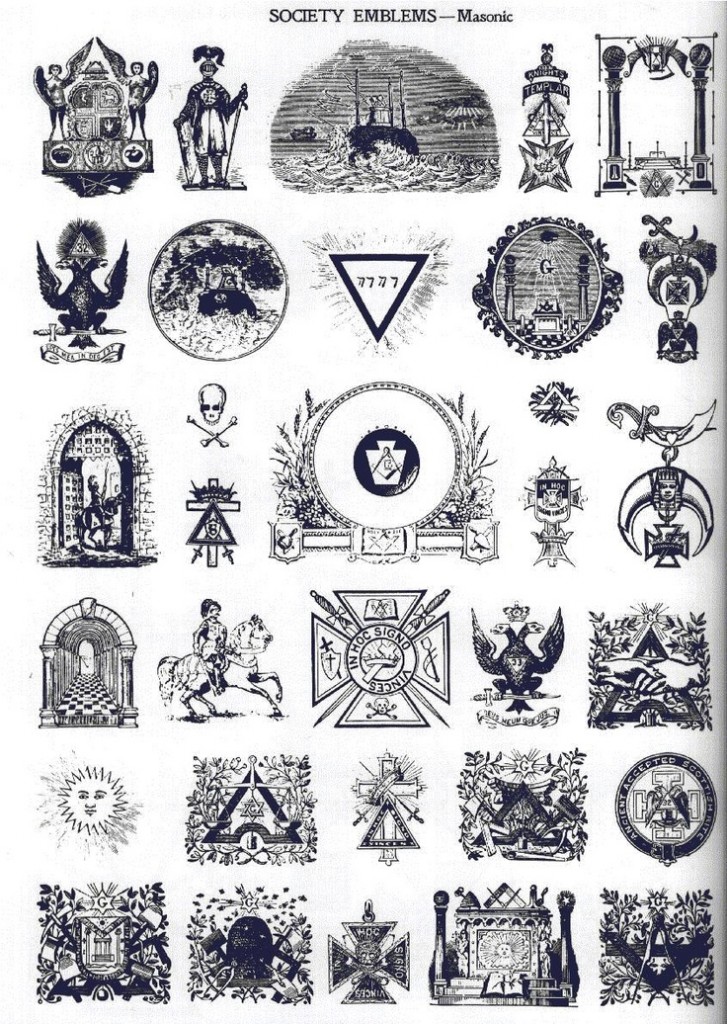p. 193
THE North American Indian is by nature a symbolist, a mystic, and a philosopher. Like most: aboriginal peoples, his soul was en rapport with the cosmic agencies manifesting about him. Not only did his Manidos control creation from their exalted seats above the clouds, but they also descended into the world of men and mingled with their red children. The gray clouds hanging over the horizon were the smoke from the calumets of the gods, who could build fires of petrified wood and use a comet for a flame. The American Indian peopled the forests, rivers, and sky with myriads of superphysical and invisible beings. There are legends of entire tribes of Indians who lived in lake bottoms; of races who were never seen in the daytime but who, coming forth from their hidden caves, roamed the earth at night and waylaid unwary travelers; also of Bat Indians, with human bodies and batlike wings, who lived in gloomy forests and inaccessible cliffs and who slept hanging head downward from great branches and outcroppings of rock. The red man’s philosophy of elemental creatures is apparently the outcome of his intimate contact with Nature, whose inexplicable wonders become the generating cause of such metaphysical speculations.
In common with the early Scandinavians, the Indians of North America considered the earth (the Great Mother) to be an intermediate plane, bounded above by a heavenly sphere (the dwelling place of the Great Spirit) and below by a dark and terrifying subterranean world (the abode of shadows and of submundane powers). Like the Chaldeans, they divided the interval between the surface of earth and heaven into various strata, one consisting of clouds, another of the paths of the heavenly bodies, and so on. The underworld was similarly divided and like the Greek system represented to the initiated the House of the Lesser Mysteries. Those creatures capable of functioning in two or more elements were considered as messengers between the spirits of these various planes. The abode of the dead was presumed to be in a distant place: in the heavens above, the earth below, the distant corners of the world, or across wide seas. Sometimes a river flows between the world of the dead and that of the living, in this respect paralleling Egyptian, Greek, and Christian theology. To the Indian the number four has a peculiar sanctity, presumably because the Great Spirit created His universe in a square frame. This is suggestive of the veneration accorded the tetrad by the Pythagoreans, who held it to be a fitting symbol of the Creator. The legendary narratives of the strange adventures of intrepid heroes who while in the physical body penetrated the realms of the dead prove beyond question the presence of Mystery cults among the North American red men. Wherever the Mysteries were established they were recognized as the philosophic equivalents of death, for those passing through the rituals experienced all after-death conditions while still in the physical body. At the consummation of the ritual the initiate actually gained the ability to pass in and out of his physical body at will. This is the philosophic foundation for the allegories of adventures in the Indian Shadow Land, or World of Ghosts.
“From coast to coast,” writes Hartley Burr Alexander, “the sacred Calumet is the Indian’s altar, and its smoke is the proper offering to Heaven.” (See Mythology of All Paces.) In the Notes on the same work is given the following description of the pipe ceremony:
“The master of ceremonies, again rising to his feet, filled and lighted the pipe of peace from his own fire. Drawing three whiffs, one after the other, he blew the first towards the zenith, the second towards the ground, and the third towards the Sun. By the first act he returned thanks to the Great Spirit for the preservation of his life during the past year, and for being permitted to be present at this council. By the second, he returned thanks to his Mother, the Earth, for her various productions which had ministered to his sustenance. And by the third, he returned thanks to the Sun for his never-failing light, ever shining upon all.”

Moe is the founder of GnosticWarrior.com. He is a father, husband, author, martial arts black belt, and an expert in Gnosticism, the occult, and esotericism.

